


BOAO, Hainan — Whether it be durian from Thailand, bananas from the Philippines, passion fruit from Vietnam, longan from Cambodia or coffee from Malaysia, more and more agricultural products from ASEAN countries are being well-received by Chinese households, thanks to better China-ASEAN cooperation in agriculture.
China has been ASEAN's largest trading partner for the past 13 years, and trade in agricultural products plays a vital role, said Kao Kim Hourn, ASEAN secretary-general at the Boao Forum for Asia annual conference late last month.
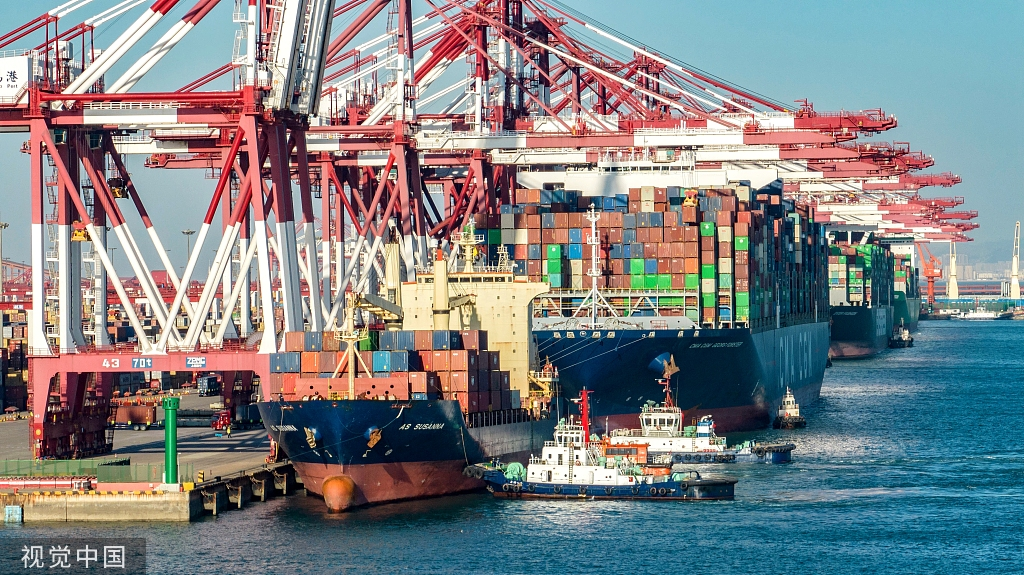
Executive Director of the Federation of Indian Chambers of Commerce and Industry Atul Dalakoti is a firm believer in globalization and the need for countries to be outward-looking.
"There's a win-win when we trade more, invest in each other and our economies are more connected to each other," Dalakoti said at the Boao Forum for Asia held between March 28 and 31 in Hainan province.
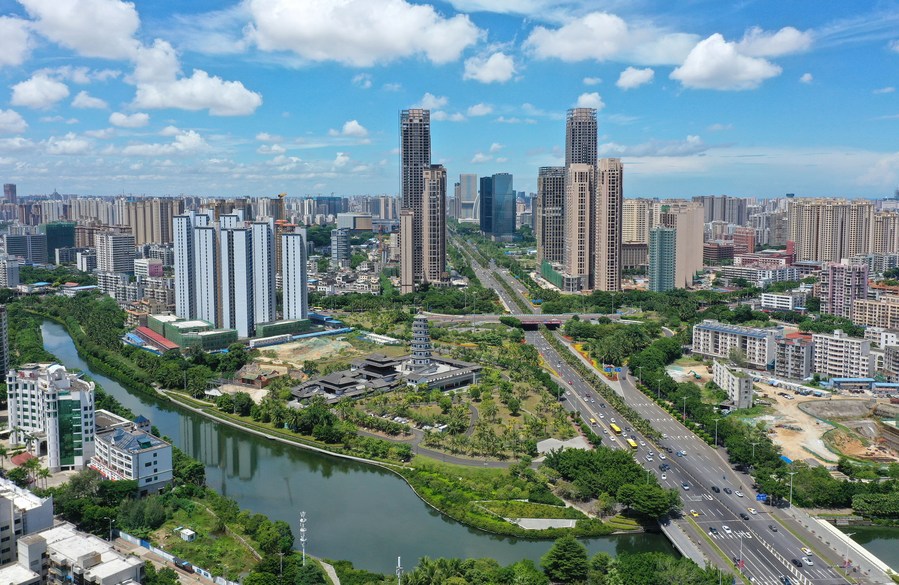
At a news conference in late March during the annual Boao Forum for Asia, Hainan province announced that Hainan Free Trade Port will start the preparatory work this year for achieving independent Customs operations by 2025, triggering a big wave of online and offline discussions over the issue, which experts said indicates the influence and attractiveness of Hainan FTP's building progress.
By 2025, the FTP will provide global traders benefits such as zero tariffs and other preferential policies facilitating imports and exports, while residents and consumers in the FTP will enjoy related benefits brought by smooth global trade.
China now contributes more to global growth than any other country, said Martin Jacques, a senior fellow at the United Kingdom's Cambridge University, adding it has taken the baton from the United States and become a powerhouse in the global economy.
"If you subtract China or take China out of the growth of the (global) economy, the growth picture would be very different. Everywhere, every country would be poorer if China hadn't made this extraordinary contribution," he said at the annual Boao Forum for Asia, in Boao, in China's southern island province of Hainan, last week.
More importantly, he said that China has offered a new model of modernization rather than the "universal" Western model. He also expressed views similar to those of some other experts that Chinese modernization has the common features of modernization while incorporating some elements suited to China's conditions.
Relations between Brazil and China are expected to move to a higher footing, as the two countries prepare to celebrate the 50th anniversary of diplomatic ties next year, according to Alessandro Golombiewski Teixeira, former economic adviser to the president of Brazil.
Golombiewski Teixeira, also Brazil's former tourism minister and former deputy minister of development, industry and foreign trade, told the media on March 30 that both China and Brazil can help other nations. He was attending the Boao Forum for Asia Annual Conference 2023 in Boao, Hainan province.
Describing trade cooperation between Brazil and China as "strong and winning", he said the two sides enjoy complementary aspects in their trade relations. China imports soybean, beef, oil, sugar and iron ore from Brazil, with chemicals and electric cars going the other way, he said.

Editor's note: Chinese Premier Li Qiang on Thursday delivered a keynote speech at the opening plenary of the Boao Forum for Asia Annual Conference 2023.
Your Excellencies Heads of Government,
Chi Fulin, head of Hainan-based China Institute for Reform and Development, opened up to China Daily as he expressed his concerns and passion for Hainan's development in an interview.
Chi explained how Hainan, a southern tropical island, can benefit from the Free Trade Port on the sidelines of the Boao Forum For Asia that concluded on Friday.
A higher level of international cooperation is needed to enhance the resilience of the biopharmaceutical industry to ensure better preparation for future health emergencies and the well-being of humanity, experts and business leaders said.
The remarks were made during a panel discussion on "Biopharmaceutical Innovation and the New Path of International Cooperation" at the Boao Forum for Asia Annual Conference 2023, which was held in Hainan province from March 28 to 31.
"By promoting development through international cooperation, we can enhance the resilience of the industry and provide solid protection for health," said Qin Xiaoling, director-general of the Department of Science, Technology and International Cooperation at the National Medical Products Administration of China.
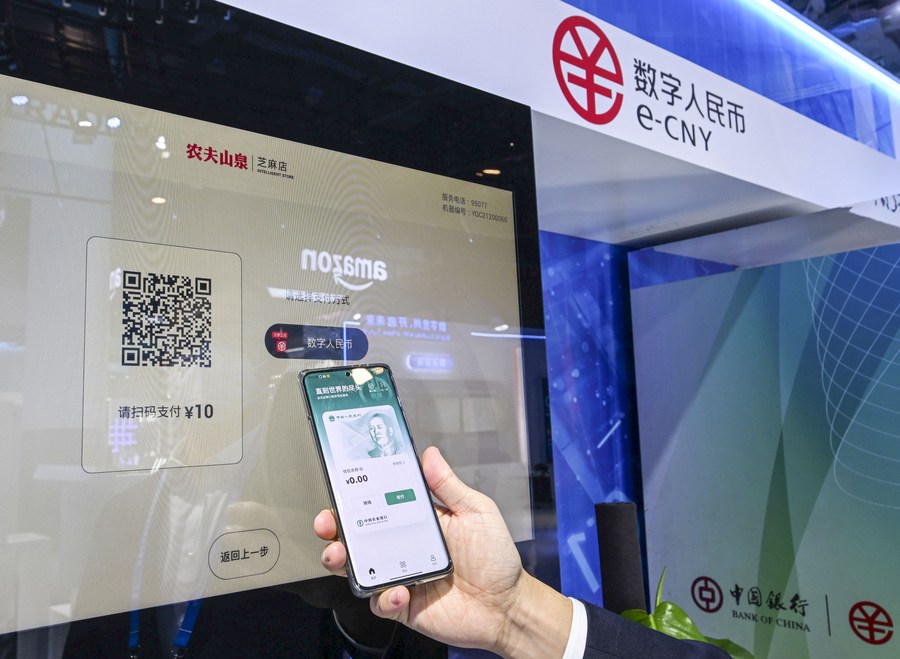
Officials and experts attending the Boao Forum for Asia Annual Conference 2023 called for enhanced financial regulation to fend off potential risks and boost innovation in the finance sector in the digital finance era.
"In the era of digital finance, regulatory concepts, technology and capabilities must keep up (with the development trend) to ensure financial innovation does not come at the cost of financial stability, which will enable sustainable progress," said Xuan Changneng, deputy governor of the People's Bank of China, the central bank.
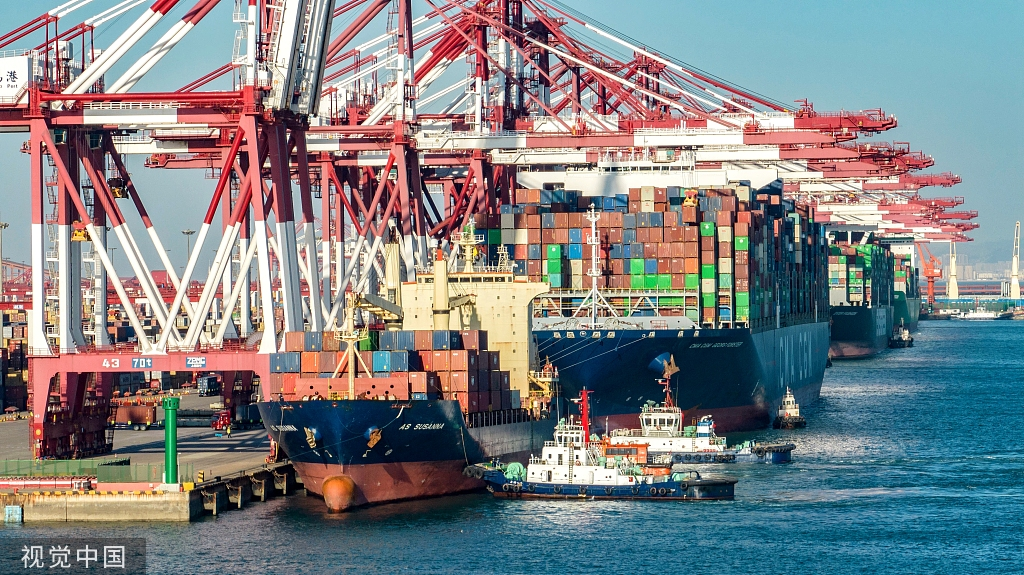
China and ASEAN will strengthen cooperation in many areas, and explore the great potential for cooperation between Hainan province and ASEAN countries in tropical agriculture, said guest speakers at a sub-forum held on Wednesday during the Boao Forum for Asia Annual Conference 2023.
"The dialogue focuses on China-ASEAN tropical agriculture cooperation, which matches this year's theme," said Xie Jing, vice-governor of Hainan province, while addressing the forum. "The Hainan free trade port has served as a hub between the Chinese mainland and ASEAN, the two most active markets worldwide. Hainan's location also puts it first and foremost when it comes to the China-ASEAN partnership."

Representatives from different religious backgrounds said at the Boao Forum for Asia Annual Conference 2023 that the world needs religious harmony and mutual learning among civilizations to achieve inclusiveness and coexistence.
Yin Shun, vice-president of the Buddhist Association of China, also the president of the Buddhist Association of Hainan province, said during the forum that ran from Tuesday to Friday in Boao, a coastal town in Hainan province, that the more uncertain the era is, the more we must join hands to find the "definite force" from respective civilizations and religions, work together in harmony, exchange dialogue, and mutually learn among civilizations.

Despite the global economic slowdown, China will not only remain a major manufacturing hub but it will also create employment and boost income growth in the region, notably in South and Southeast Asia, said Ben Simpfendorfer, a partner at consultancy Oliver Wyman.
Simpfendorfer, in an interview at the Boao Forum for Asia Annual Conference 2023, added that over the long term, China's regional role is seen as "quite a constructive development."
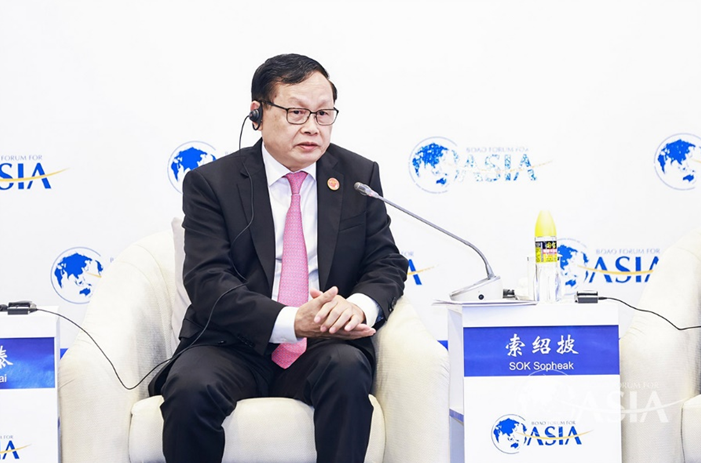
Trade ties between China and Southeast Asian countries, including Cambodia, will be further deepened thanks to China's growing economy and their joint efforts in promoting free trade, a senior Cambodian official said.
"China is … the driver for economic growth in the region," said Sok Sopheak, secretary of state of the Cambodian Ministry of Commerce.
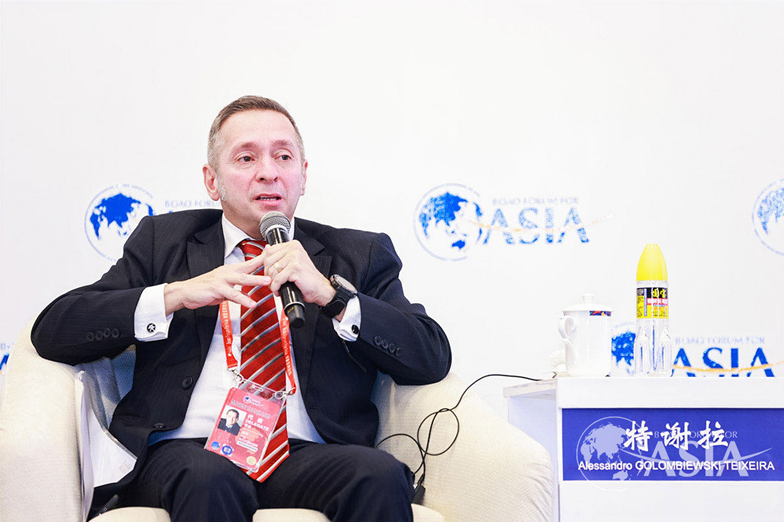
More cooperation and expectations are to come from Brazil and China as both countries marked this year's 50th anniversary of bilateral trade relations, according to Alessandro Golombiewski Teixeira, former economic advisor to the President of Brazil.
Golombiewski Teixeira, also Brazil's former tourism minister and former deputy minister of development, industry and foreign trade, told the media on March 30 that both China and Brazil can help other nations. He was attending the Boao Forum for Asia Annual Conference 2023 in Boao, Hainan province.

China is willing to work with Australia to find constructive solutions to related issues through bilateral or multilateral channels, said Wang Shouwen, vice-minister of commerce and China's international trade representative.
The Chinese official made the remarks during a meeting with Tim Ayres, Australia's assistant trade minister, at the Boao Forum for Asia Annual Conference 2023 in Hainan province on Wednesday, according to China's Ministry of Commerce online statement.

An initiative calling for partnerships between free trade zones worldwide was launched on Wednesday at the Global Free Ports Development Forum during the Boao Forum for Asia annual conference 2023.
The Hainan Free Trade Port joined 19 pilot FTZs on the Chinese mainland, and six overseas FTZs, including the Jebel Ali Free Zone in Dubai, South Korea's Jeju International Free City and the Sihanoukville Special Economic Zone in Cambodia.
China's robust economic recovery has boosted our confidence to invest more in the Chinese market, said He Yizhou, Greater China CEO of Australian Capital Equity, during an exclusive interview with chinadaily.com.cn at the Boao Forum for Asia Annual Conference 2023.
The all-around recovery of China's economy helps the international community's stability, and it will also greatly increase confidence in the global economic recovery, said He.
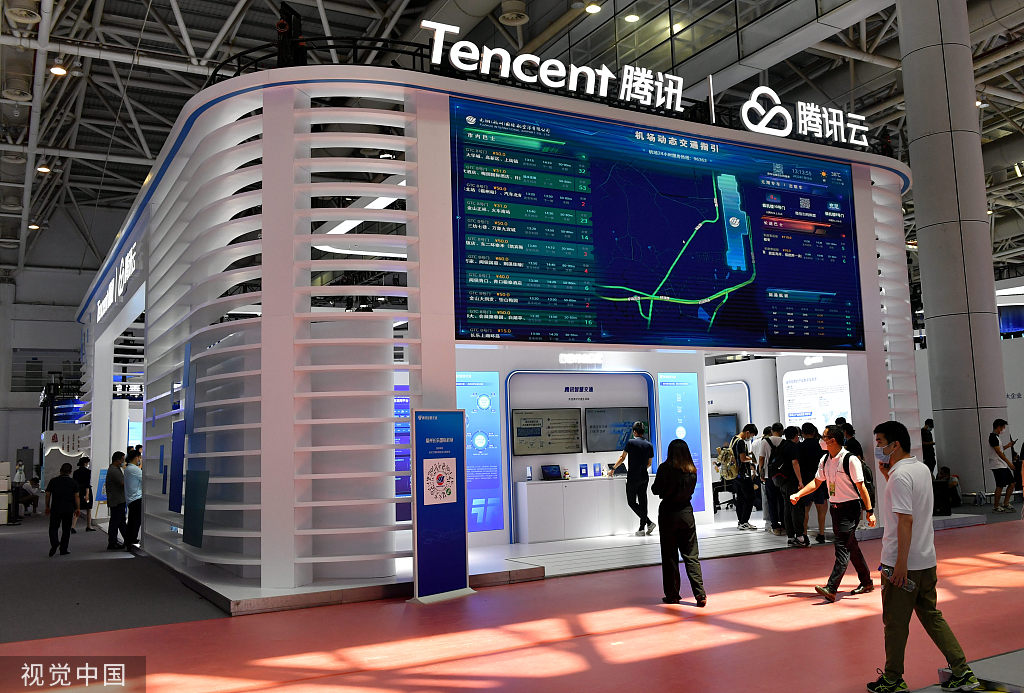
Chinese tech company Tencent Holdings is developing its own ChatGPT-like robot, shared the company's senior vice-president Dowson Tong at the ongoing Boao Forum for Asia.
With the move, Tencent became the latest Chinese tech firm to jump onto the ChatGPT bandwagon, despite Tesla Chief Executive Elon Musk and dozens of other technology leaders called on AI labs to cease training models more powerful than GPT-4.

The Boao Forum for Asia (BFA) is holding its annual conference this year from March 28 to 31 in Boao, a coastal town in China's southernmost province of Hainan. Double-carbon, referring to carbon peaking and carbon neutrality goals, is being highlighted during this year's event.
Green development and new energy are drawing a lot of attention while a slew of measures were unveiled in terms of new energy production and commercialization, new energy vehicles, green supply chains and energy storage technologies.
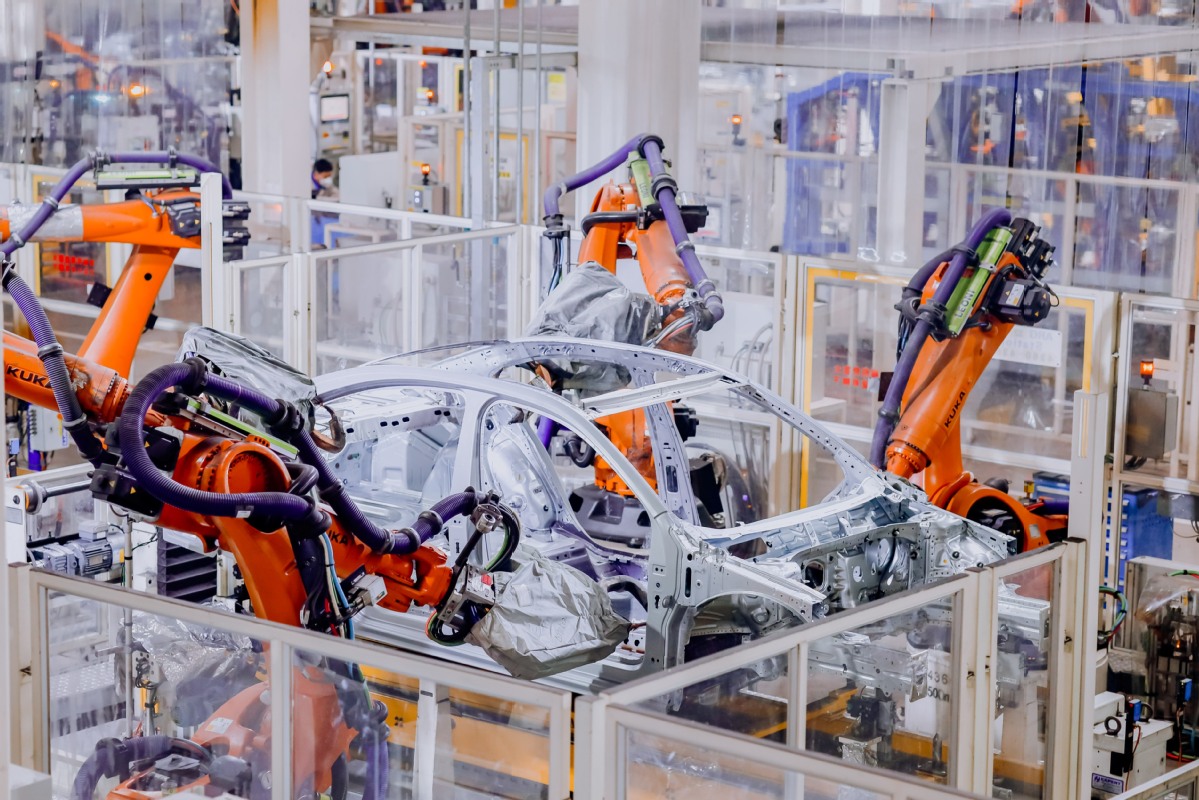
China's economy is poised to rebound this year while ensuring stability, with greater efforts made to embrace economic rebalancing of domestic consumption, higher-end manufacturing and green projects, said a renowned economist.
"Despite a global slump, China's economy is forging ahead at a decent pace as new drivers of economic growth have emerged," said Zhu Min, vice-chairman of the China Center for International Economic Exchanges, at the Boao Forum for Asia's annual conference on Wednesday.
